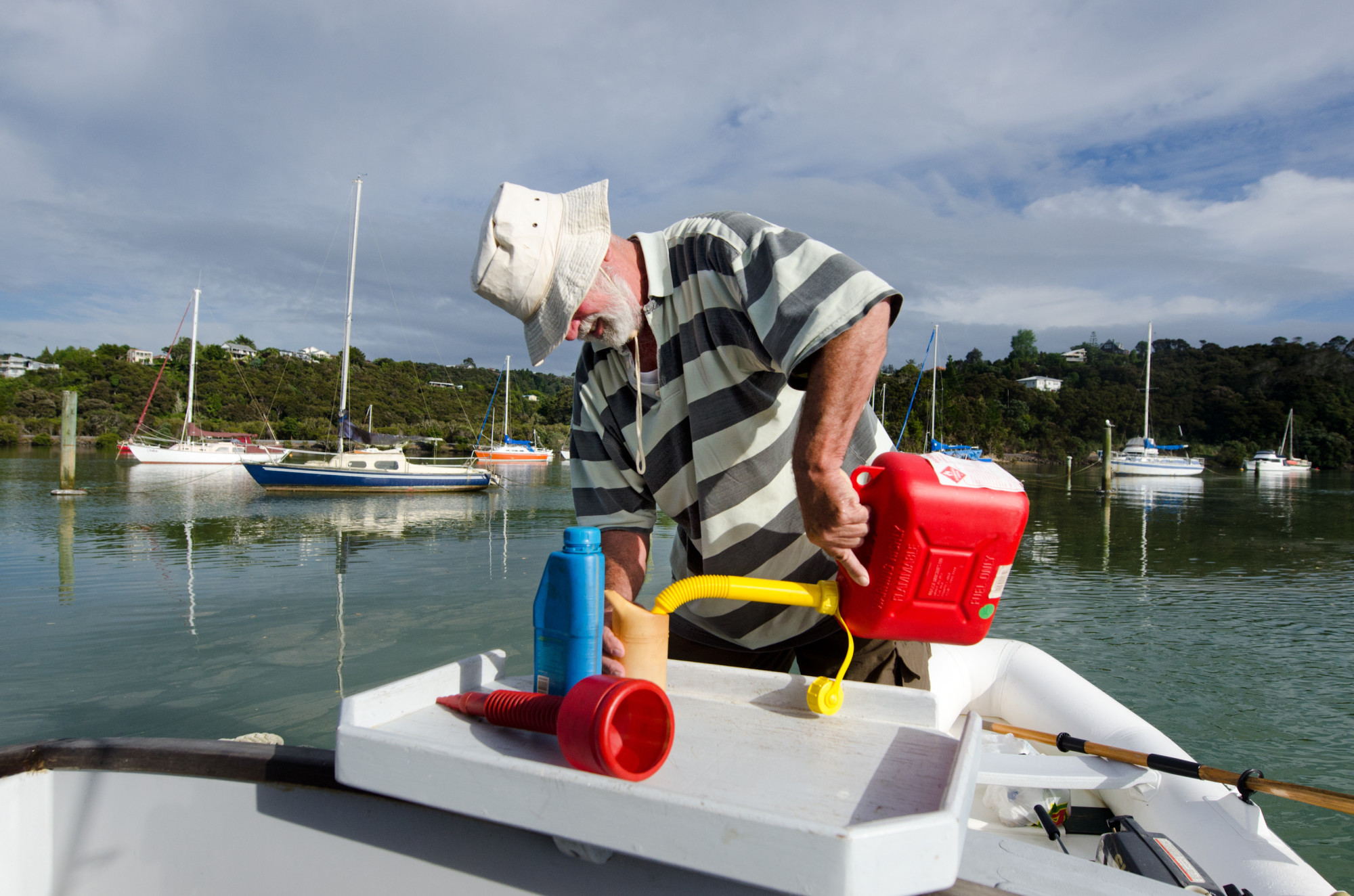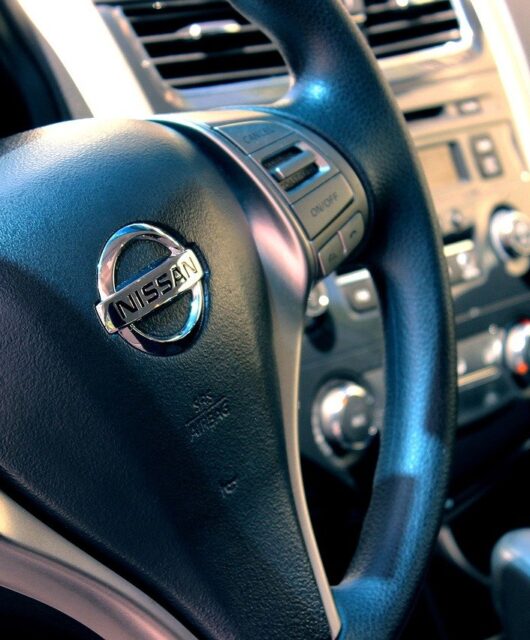A First-Time Boat Owner’s Guide to Boat Fuel
 Did you just buy a boat, or are you considering buying one in the near future? While there are many things you need to consider when it comes to boat maintenance, one of the top things you need to think about is boat fuel.
Did you just buy a boat, or are you considering buying one in the near future? While there are many things you need to consider when it comes to boat maintenance, one of the top things you need to think about is boat fuel.
While fueling your boat isn’t as tricky as it sounds, there are some things you need to know before you purchase and use boat fuel. Read this boat owner’s guide to learn everything you need to know about boat fuel.
Table of Contents
Choosing the Right Boat Fuel
All current boat models that have sterndrive, inboard, or outboard gasoline engines should use fuel that contains no more than 10% ethanol. This is known as E10 fuel, and it’s compatible with engines that are no more than ten years old.
Ethanol was introduced into boat fuel to help reduce pollution. However, many boat owners still choose to fuel their boats with ethanol-free gas, as this protects the condition of the boat’s engine and extends the engine’s life. But, ethanol in low quantities is generally safe for your boat, which is why we recommend selecting a fuel that is 10% ethanol or lower.
You should never put E15 or E85 fuel in your boat, as doing so will immediately void the warranty on your vessel. Plus, this fuel can damage your engine and isn’t safe for the environment.
Read the Owner’s Manual
Before purchasing boat fuel, it’s always important to read the owner’s manual, as it should specify the minimum fuel octane rating. If you have a high-performance engine, you might need a higher octane rating than the standard 87-octane.
Additionally, if you need to fuel your boat with higher ethanol levels, consider investing in a fuel filter, as it’ll help keep water and other contaminants out of the engine. Your boat’s manual should let you know the right filter size for your boat.
Consider the Type of Boat
When choosing boat fuel, you also need to consider the type of vessel you’re operating. For example, if your boat has an outboard motor, then you’ll likely need E10 fuel.
If you own a small personal boat, then diesel, red diesel, or gasoline should do the trick. For pontoon boats, you can use E10 fuel, and for large marine vessels, you should use marine gas oil or marine diesel oil.
Also, remember to check the size of your boat’s fuel tank to figure out how much fuel you need. The fuel gauge will let you know when your boat needs to be refueled. If your fuel gauge isn’t working, listen to a sound from your boat tank that lets you know you’re on your last gallon of fuel.
Fuel Safety
Make sure to practice the proper safety techniques when fueling your boat. Fuel in a clear area, and put out all smoking materials beforehand. Turn off the engine and electronics, and extinguish any open flames.
Also, never top off your tank – you should only fill it to about 90%. If there are any spills, clean them up immediately with an oil-absorbent towel. You should also know how to drain a boat fuel tank – read about it here.
Boat Fuel: Time to Fuel Up!
Now that you understand boat fuel, you’ll be better prepared the next time you need to fill up your boat. If you have any questions about your fueling needs, consult the owner’s manual or contact your manufacturer.
And check in with our blog for more boat tips!









